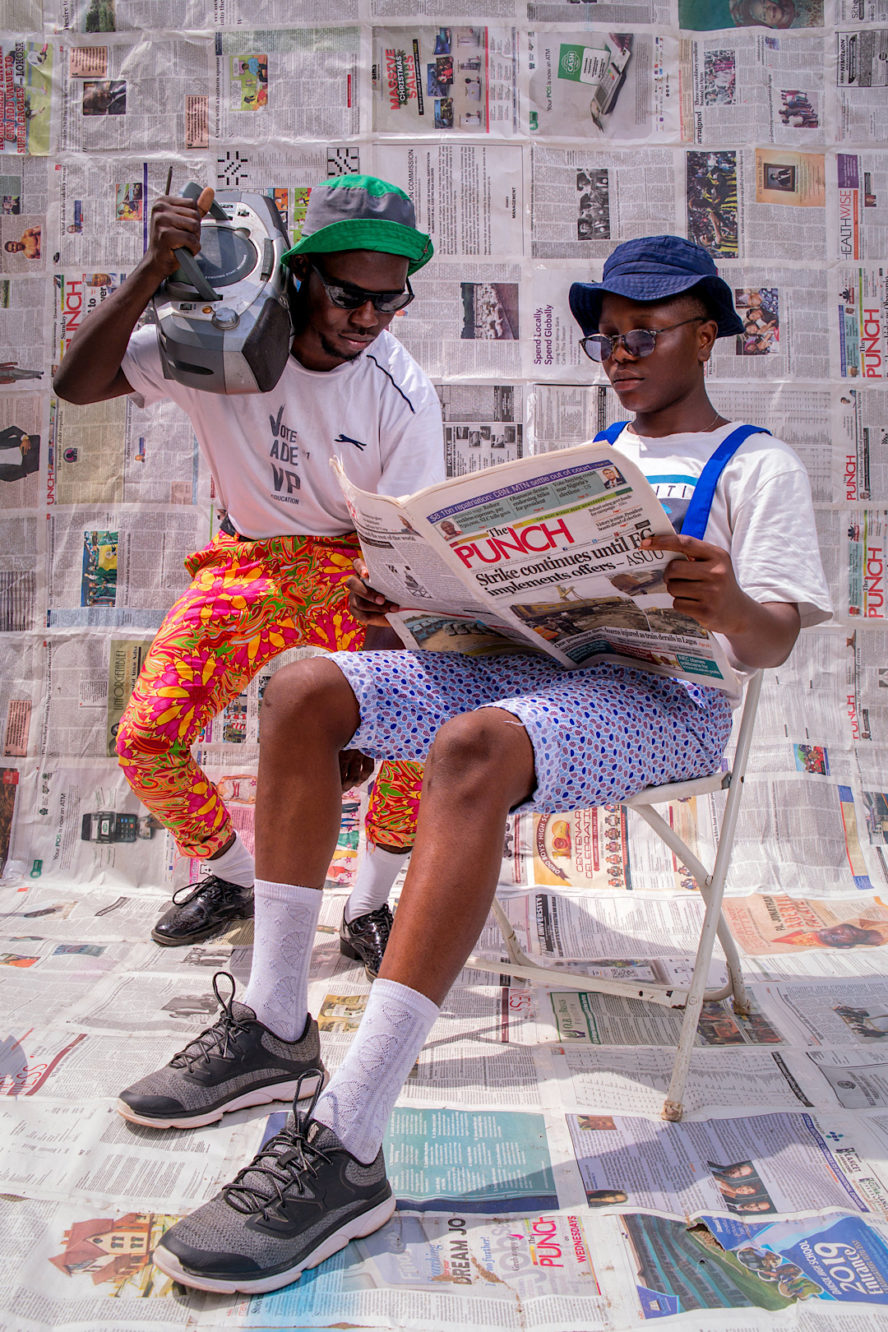Fashion, like any other art form, is a reflection of society’s ever-evolving cultural, economic, and political landscape. Throughout history, high fashion has often been viewed as a secluded world reserved for the elite, characterized by exclusive runway shows and couture designs. However, in recent decades, the lines between high fashion and everyday street style have begun to blur, much like how traditional gaming establishments have seen a blend with online platforms such as Bizzo Casino. The influence of street style on high fashion is evident in various aspects of the fashion industry, from design and marketing to the rise of fashion influencers and digital platforms.
The Roots of Street Style
Street style, as we know it today, began to emerge in the 1960s and 1970s. During this period, youth culture exploded with subcultural movements like the Mods, Punks, and Hippies, each with their distinctive style. These subcultures resisted mainstream culture and established norms, and their attire became a form of rebellion.
In the decades that followed, street style continued to diversify, with inspiration being drawn from various urban scenes, music genres, and global cultures. Street style was not just about clothing; it became an expression of identity, ideology, and lifestyle.
The Fusion of High Fashion and Street Style
The 1990s and 2000s marked a significant turning point in the interplay between street style and high fashion. Brands like Supreme, which began as a skateboard shop, ventured into fashion, eventually collaborating with luxury houses such as Louis Vuitton. On the other hand, luxury brands started to incorporate streetwear elements into their designs, tapping into a younger and more diverse demographic.
Influential Moments:
- The Rise of the Sneaker Culture: Sneakers transitioned from athletic wear to everyday fashion. Luxury brands like Gucci, Balenciaga, and Chanel started producing high-end sneakers, recognizing the massive appeal they had among younger consumers.
- Logomania: Brands like Fendi, Supreme, and Off-White popularized the use of bold logos, bringing back the 90s trend but with a modern twist. This blurring of lines between luxury and street became iconic in the fashion world.
- Collaborations: High fashion houses recognized the potential in collaborating with streetwear brands. The Supreme x Louis Vuitton 2017 collaboration is one of the most iconic, bridging the gap between luxury and street culture.
Street Style Influencers & Digital Platforms
The advent of the internet, especially platforms like Instagram and TikTok, revolutionized the fashion industry. Suddenly, influencers and everyday individuals became as influential as traditional fashion magazines. These digital personalities, often with no formal background in fashion, began dictating trends. Brands took notice, often seeking collaboration or sending their designs to these influencers, understanding the vast reach and influence they had on the masses.
The Democratic Nature of Street Style
Street style, at its core, is democratic. It is fashion “for the people, by the people.” This nature has allowed for a more inclusive representation in fashion. Brands, recognizing the demand for more inclusivity, have started to feature a more diverse range of models in terms of race, body type, and gender identity. Street style encourages individuality, pushing against the once-rigid norms of the fashion world.
The Future of Street Style and High Fashion
As we move further into the 21st century, the relationship between street style and high fashion will continue to evolve. Sustainability is emerging as a significant concern among consumers. The ethos of street style, which often values authenticity and individual expression, aligns with sustainable and ethical fashion practices. High fashion brands will likely incorporate these values, driven by both the demand of consumers and the influence of street style.
In conclusion, the influence of street style on high fashion is undeniable. It has transformed how designers approach their craft, how brands market themselves, and how consumers perceive and engage with fashion. As the world becomes increasingly interconnected through digital platforms, the exchange between high fashion and street style will become even more fluid, making fashion a truly global and inclusive industry.
- The Future of Fashion Accessories: Durable and Sustainable Choices - August 29, 2024
- 8 Creative Ways to Personalize Your Engagement Ring - August 26, 2024
- Eco-Friendly Wedding Fashion: Sustainable Choices for the Conscious Bride - August 26, 2024
- How Stylish Sunglassеs Can Rеdеfinе Your Evеryday Look? - August 26, 2024
- Essential Beauty and Fashion Tips to Create Stunning Looks with Confidence - August 25, 2024

